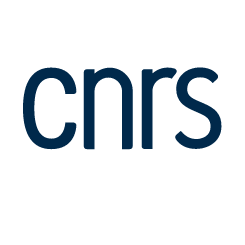Reconstructing Dynamic Evolutionary Events in Diatom Nuclear and Organelle Genomes
Résumé
The diatoms evolved within the stramenopiles, an ecologically important and diverse assemblage of eukaryotes that includes both photosynthetic macrophytes and microalgae, as well as non-photosynthetic heterotrophs and parasites. The evolutionary history of the stramenopiles, which stretches back to the Palaeozoic, has been marked by the acquisition of chloroplasts in a recent common ancestor of their photosynthetic members, the ochrophytes; and progressive gains of genes in the nuclear genome by horizontal and endosymbiotic gene transfer. Here, we place diatoms in their actual evolutionary context within the stramenopiles; identify gene transfers that have shaped the coding content of the diatom nucleus; and profile sources of differences in chloroplast and mitochondrial genome content between different stramenopiles including diatoms. We underline the importance of considering diatoms as evolutionary mosaics, supported by genes of bacterial, red, green and other eukaryotic algal origins, as illustrated by multiple phylogenomic studies realised over the last two decades; and the relatively limited changes to organelle genome content in diatoms compared to other stramenopile lineages. We further identify a previously undocumented transfer of a novel open reading frame of the chloroplasts of green algae into the ochrophytes, underlining the importance of changes in organelle and nuclear gene content, in defining the current biology of diatoms.
| Origine | Fichiers produits par l'(les) auteur(s) |
|---|
